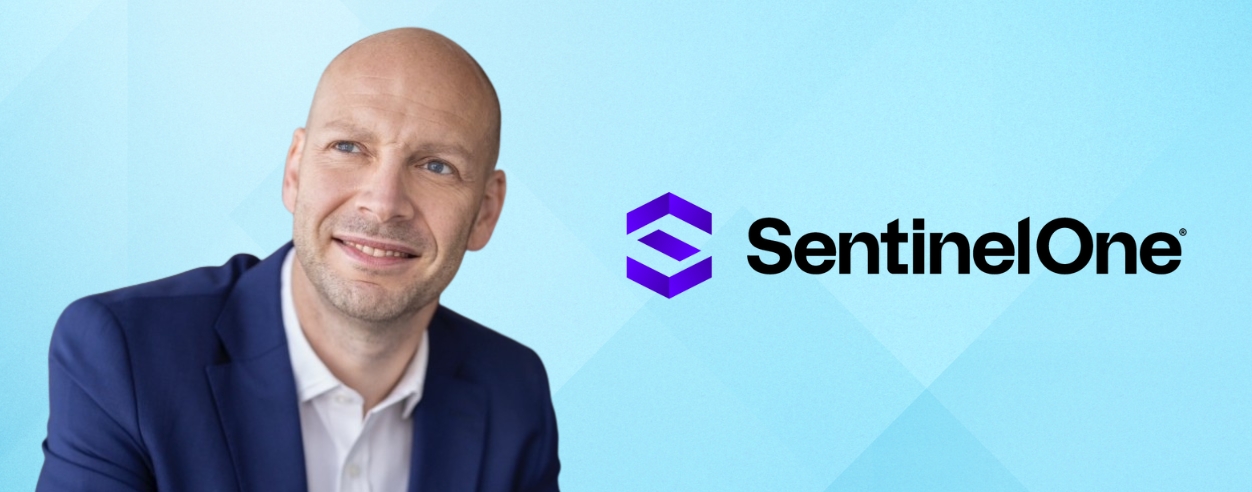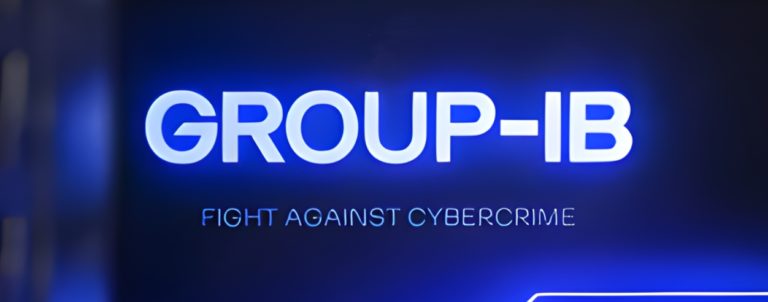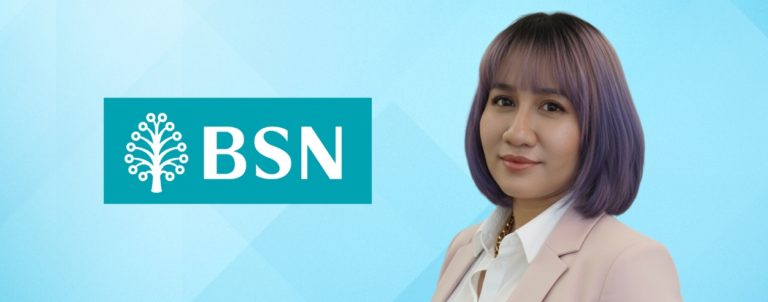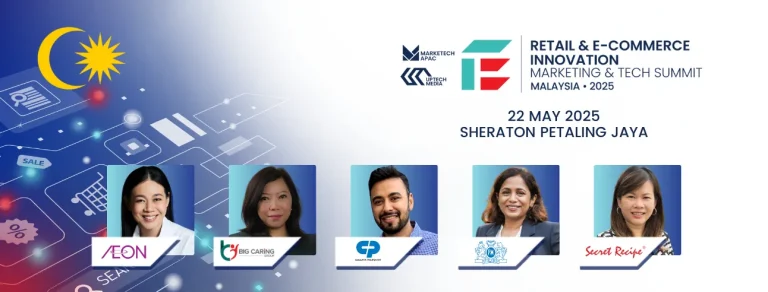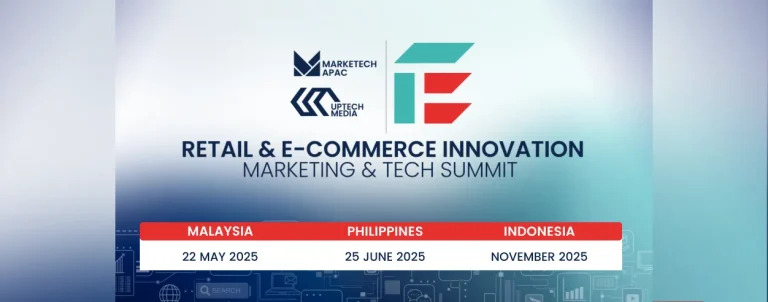Singapore – October celebrates Cybersecurity Awareness Month around the world, as many organisations across key global markets, including the diverse Asia Pacific and Japan (APJ) region, highlight the ever-growing need for stronger cyber resilience.
Digital transformation is accelerating rapidly across the region, and the adoption of generative and agentic AI systems is sweeping through a wide range of industries.
In parallel with the widespread adoption, AI-driven ransomware and malware attacks are also becoming more prominent, compromising manufacturing, financial, industrial, and professional industries.
Most of these coordinated attacks are organised in decentralised forums and encrypted channels that bypass regulatory internet measures across different nations.
Kris Day, senior vice president and general manager of the Asia Pacific & Japan at SentinelOne, spoke to UpTech Media and shared that AI-enabled attacks are skyrocketing across the region, observing over a 60% year-on-year growth.
“Adversaries now wield generative models for phishing, reconnaissance, and malware crafts, ushering in an era where attackers operate at machine speed,” he told UpTech Media.
He further explained that the most common AI-driven threats appear within four fronts, including reconnaissance, malicious content, weaponisation, and operations.
However, bringing over 25 years of leadership experience in technology and cybersecurity in the APJ and EMEA markets, Kris also recognises the potential of agentic and autonomous cybersecurity defences.
Fighting fire with fire, SentinelOne is a leading AI-powered cybersecurity company with deep roots in AI that has been responding to cyberthreats and tactics since its inception. The firm leverages behavioural AI to detect novel malware and ransomware, later introducing Purple AI, bringing the power of generative and agentic AI to SOCs.
“Today, the early use of agentic AI in SOC is really focused on automating workflows and lower-level, tedious and labour-intensive work, freeing human defenders to focus their time on strategic efforts and threat hunting,” Kris explained.
He shared one example where agentic AI, such as Purple AI, can support security analysts in triaging alerts to quickly find and prioritise critical alerts using human-level reasoning and human-influenced scoring.
“We are seeing just the early phases of this in more advanced SOCs, and it has the potential to shift the paradigm for human defenders from managing alerts and threats to supervision and oversight over a series of automated work,” Kris shared.
Autonomous security for Singapore’s AI revolution
In 2023, Singapore launched the National AI Strategy (NAIS) 2.0, further cementing the nation’s commitment to nurturing the innovation and advancement of AI across various sectors, including healthcare, transport, and government services.
Recognising Singapore as the springboard for AI innovation across the APAC region, Google Cloud even expanded its AI Cloud Takeoff programme in Singapore to support and grow enterprise AI capabilities across the nation.
“Singapore’s leadership in AI and digital transformation has positioned it as a model for the region. The NAIS 2.0 brings over S$1b of investment to scale compute capacity, build AI talent, and accelerate adoption across industries,” Kris commented.
He added, “The next leap lies in making this infrastructure autonomous, adaptive, and attacker-aware. Agentic AI can deliver that shift, embedding intelligent defence directly into the fabric of Singapore’s digital ecosystem.”
The vision would be to enable organisations and enterprises in Singapore to be equipped with proactive agentic systems that not only detect threats but also autonomously adapt, isolate, and heal in real-time.
“It can turn national security operations into an autonomous SOC, capable of defending critical sectors like healthcare, utilities, and transport within milliseconds,” Kris explained.
A strong ecosystem builds a fortified foundation
Implementing agentic AI into existing security systems is much easier said than done. It goes beyond automating core workflows, but rather viewing the big picture as to how agentic processes can support human teams in proactively mitigating cyber threats.
“From working with hundreds of enterprises across APJ, we’ve seen that building a foundation for agentic AI isn’t about deploying another tool but creating an ecosystem where data, automation, and trust coexist,” Kris stated.
He further explained that there are three core aspects to helping organisations build a robust cybersecurity foundation and it begins with unifying and elevating data by consolidating endpoint, identity, and cloud telemetry into a unified data fabric.
Organisations can also automate repetitive workflows such as containment, triage, and rollback, enabling security teams to have proactive autonomy in quickly identifying cyber threats. Kris also emphasised that it is then important to progressively allow AI agents to handle higher-order logic – detection tuning, behavioural analytics, and cross-domain response, while still maintaining human review and oversight to ensure accountability while scaling machine intelligence.
Most importantly, as more complex autonomous systems are implemented, trust and governance are key to retaining transparency and explainability behind every AI decision.
“These three principles form the backbone of future-proof agentic AI architecture – one that continuously learns, adapts, and defends without compromising control or compliance,” Kris stated.
Proactive agentic defences on a unified platform
One platform that allows organisations across APJ to deploy an ecosystem of autonomous cyber defences is SentinelOne’s Singularity XDR platform.
It provides access to SentinelOne’s agentic AI technologies in data, hyper-automation, and adaptive reasoning, equipping organisations with the defences to stop attacks before they spread.
“It starts at the endpoint, where SentinelOne’s Behavioural AI operates directly on the selected device—analysing every process in real time to detect malicious activity based on behaviour, not static signatures,” Kris explained.
He further elaborated, “When a threat is identified, the platform can isolate, remediate, and even roll back impacted systems with a single click.”
Alongside this, SentinelOne’s very own Purple AI can be utilised by organisations to trigger automated workflows that assist with responding to threats instantly, transforming existing reactive cybersecurity systems into producing predictive insights and real-time response.
AI integration with measurable value
Organisations across global markets, especially the diverse APJ region, are well-equipped to stay ahead of increasingly complex AI-driven cyber threats.
The key is properly understanding the power of agentic AI and how it can be implemented to maximise cyber resilience while supporting human security teams and maintaining trust, transparency, and accountability with autonomous cybersecurity systems.
“The path to adopting agentic AI isn’t about a rip-and-replace strategy nor is it about reducing the importance of human defenders, but evolution through integration,” Kris stated.
He added that the most successful enterprises start where AI already adds measurable value: in scoring or prioritising alerts while simultaneously uplevelling human analysts and automating repeatable workflows.
Kris concluded, “Security is, at its heart, a data problem. While AI can help find the signal through the noise, AI itself is going to dramatically increase the data volume and related costs. Getting control of this should be done upstream with next-gen AI-native data pipelines.”
******
The race to adopt and implement AI is in high demand worldwide. The next challenge is building strong cybersecurity foundations using agentic AI to defend against the increasing prominence of AI-driven threats.
Modern cybersecurity resilience is not about replacing human security counterparts; rather, it is about implementing unified agentic autonomous systems that complement existing workflows, enabling humans and machines to collaborate on proactively searching for the next cyber threat.


